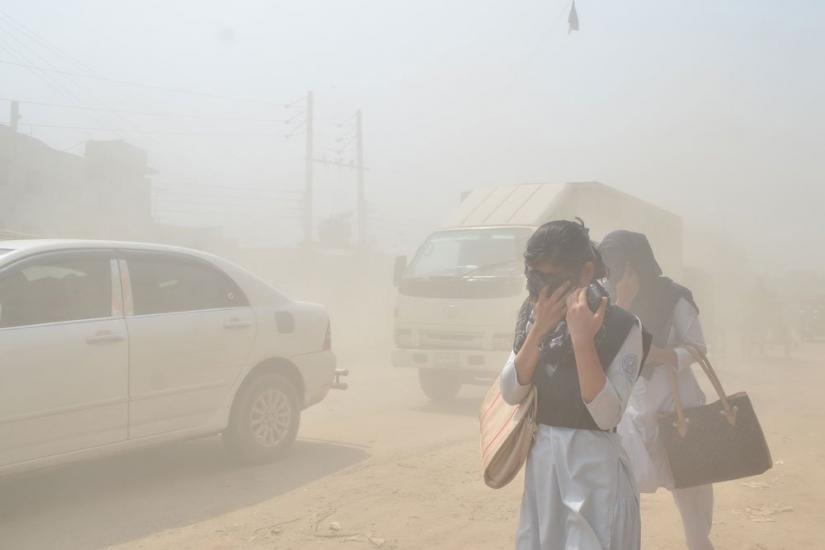Dhaka is second in the list of cities with ‘extremely unhealthy’ air pollution

Air pollution is still one of the top challenges for Bangladesh. Dhaka is the second most polluted city in the world with an Air Quality Index (AQI) score of 235 at 9 am on Sunday.
An AQI score of 101 to 200 is considered ‘unhealthy’ for particularly sensitive groups.
An AQI score between 201 and 300 is considered ‘very unhealthy’, while a score of 301 to 400 is considered ‘risky’. This atmosphere poses serious health risks to humans.
Lahore in Pakistan and Delhi in India ranked first and third in the list with AQI scores of 333 and 202 respectively.
AQI in Bangladesh is determined based on 5 types of pollution. They are particulate matter (PM10 and PM2.5), NO2, CO, SO2 and ozone (O3).
Dhaka has been suffering from air pollution for a long time. Its air quality generally becomes unhealthy during winters and improves slightly during monsoons.
A report by the Department of Environment and the World Bank in March 2019 stated that the three main sources of air pollution in Dhaka are brick kilns, vehicle fumes and dust from construction sites.
The AQI index, which is based on daily air quality, gives people information about how clean or polluted the air in a particular city is and what health risks they may pose.
Tag: Dhaka air quality dataset, Air Quality Index Dhaka,Air quality Index,এয়ার ভিজ্যুয়াল, Air pollution in Dhaka city Paragraph, Dhaka city air pollution, worst air quality in the world

